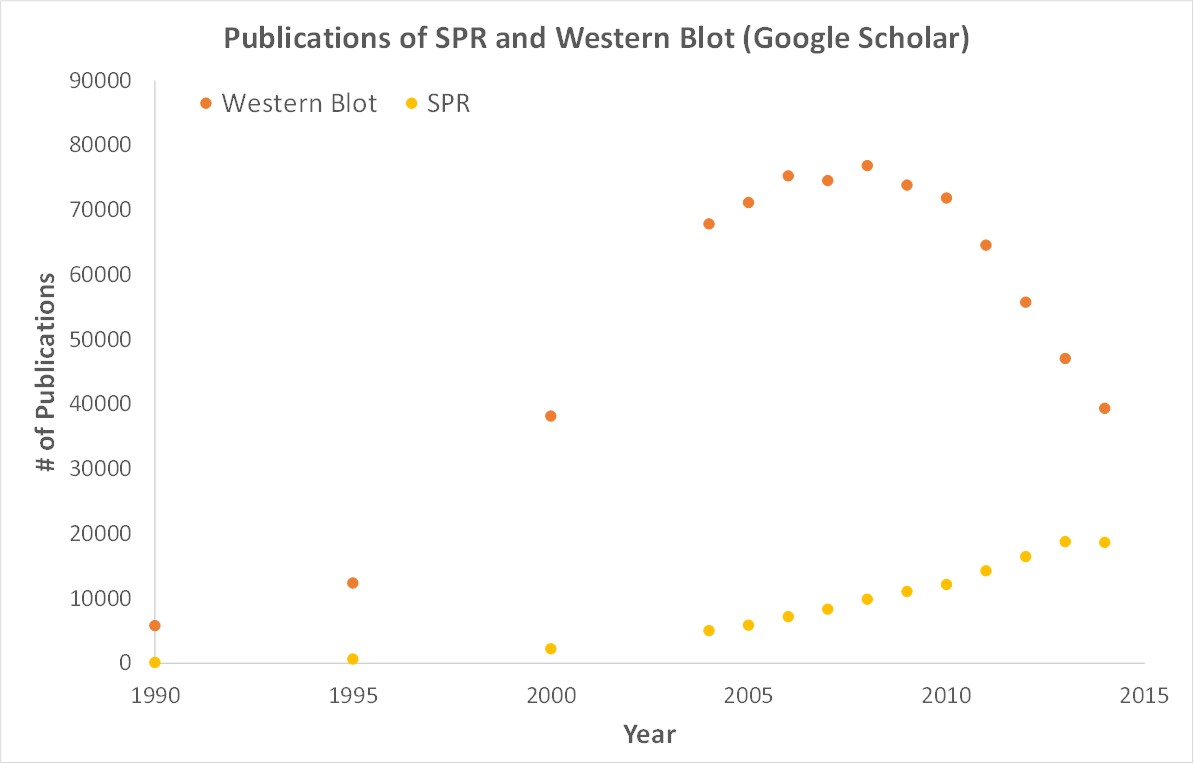Photodynamic therapy (PDT) is emerging as a promising alternative to traditional cancer treatments that is less invasive and produces less toxic responses in patients. PDT involves the employment of a photosensitizer (PS) and when excited by light of a specific wavelength, will produce reactive oxygen species (ROS) which destroys cancerous cells. Many cancer types can be treated with PDT including skin, brain, lung, reproductive, and colorectal cancers, among many others.
A major hallmark of this treatment type is the usage of an appropriate PS delivery method. Importantly, the PS requires a biological carrier that will selectively accumulate in tissues and bind a target over-expressed on the surface of cancerous cells with exceptionally high affinity. In this respect, it is very important to understand the interaction(s) between candidate targets and potential carriers. Notably, platelet-derived growth factor receptor B (PDGFRb) has been identified as an overexpressed receptor on the pericytes of many tumour types, making PDGFRb an attractive target for PS delivery. It is suspected that targeting PDGFRb may adequately deliver a bioconjugated PS to tumour blood vessels and cease production of tumour blood vessels. Blood vessel production is one of the 6 hallmarks of cancer, otherwise known as angiogenesis.
In this new publication, Dr. Xiaofeng Lu et al. use the OpenSPR’s localized surface plasmon resonance technology to obtain the key binding data needed for their latest discovery of an effective affibody-based PS carrier. The publication found in Drug Delivery and titled, “PDGFRβ-specific affibody-directed delivery of a photosensitizer, IR700, is efficient for vascular-targeted photodynamic therapy of colorectal cancer” uses binding kinetics data generated from the OpenSPR to assess the effectiveness of the ZPDGFRb affibody to bind PDGFRb, for specific and highly-localized PS deliverance.
About the Publication
The PS, IR700, is an infrared dye used for protein and/or nucleic acid labelling, imaging techniques and importantly, PDT. Moreover, PDGFRb is a 124 kDa cell surface receptor that most commonly binds the homodimeric ligands, PDGFB and PDGFD, and heterodimeric ligands, PDGFA and PDGFB. This cell surface receptor is instrumental for a plethora of cellular processes but most importantly, is responsible for promoting angiogenesis in normal and abnormal developmental conditions. Notably, the engineered affibody, ZPDGFRb has been described by a number of investigators in previous studies to act as an effective PS carrier.
In this publication, the investigators began with expression and purification of their proteins of interest and employed flow cytometry to observe the binding potential of IR700-labelled affibody to their PDGFRb over-expressing pericytes. Biodistribution assays in mice were also carried out with immunofluorescence techniques and subsequent cytotoxicity assays were performed. It should be noted that flow cytometry revealed that binding rates of the IR700-labelled affibody to pericytes was highly dependable on the expression levels of PDGFRb on the cells. This indicates an extremely high affinity interaction between the candidate target and potential carrier. In order to quantify the binding behaviours of the IR700-labelled affibody to PDGFRb, in conjunction with flow cytometry techniques, the investigators promptly recruited surface plasmon resonance to further explore the kinetic parameters of this interaction.
Why was OpenSPR instrumental for this research?
Surface plasmon resonance (SPR) was used to quantitatively understand the interaction between the ZPDGFRb affibody to PDGFRb. Untagged PDGFRb was coupled to a carboxyl sensor chip via EDC/NHS coupling and 4 concentrations of the the ZPDGFRb affibody were injected into the instrument, ranging from 1-30 uM concentrations. Importantly, the ZPDGFRb affibody demonstrated a 0.9 nM binding affinity and indicates that this affibody is an excellent, high-affinity carrier for IR700 and satisfies the specificity requirements for use in PDT. By using the OpenSPR, the researchers were able to get SPR data from their own bench, to help them accelerate their research and publish their discovery faster.
Why is SPR critical for publications? How does OpenSPR help?
SPR is a label-free technology which allows researchers to quantitatively analyze binding between two biomolecules. SPR technology allows us to determine the kon, koff and KD of interactions, providing deeper insight into binding events compared to other techniques that only give endpoint measurements, such as pull-down assays. SPR is necessary not only for publications but for the advancement of many fields of medicine and medical research as can be seen below with the significant increase in publications that rely on SPR data.

Scientific publications involving SPR have increased drastically over the years. SPR has become fundamental for publications while traditional techniques like Western Blots are becoming less important.
OpenSPR is a user-friendly and low maintenance benchtop SPR solution that is currently being used by hundreds of researchers. With access to SPR technology on your own lab bench you can get the high-quality data you need to accelerate your research and publish faster.
